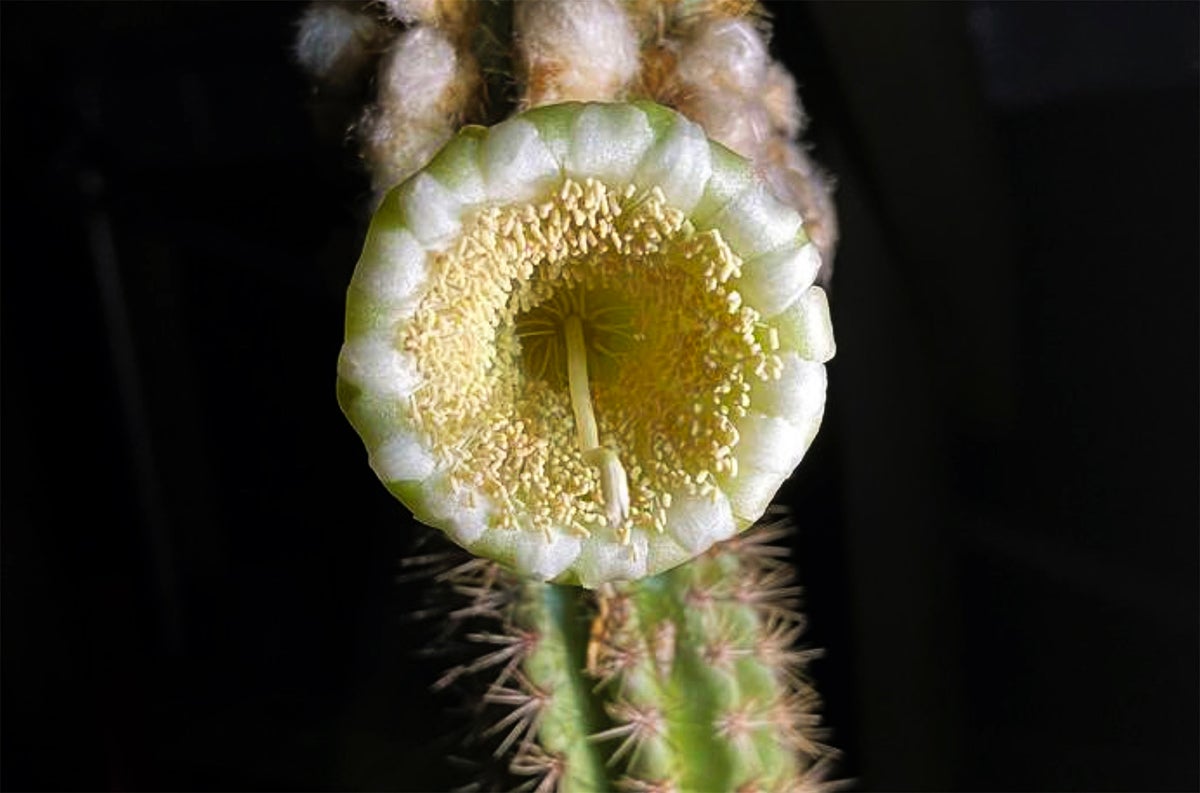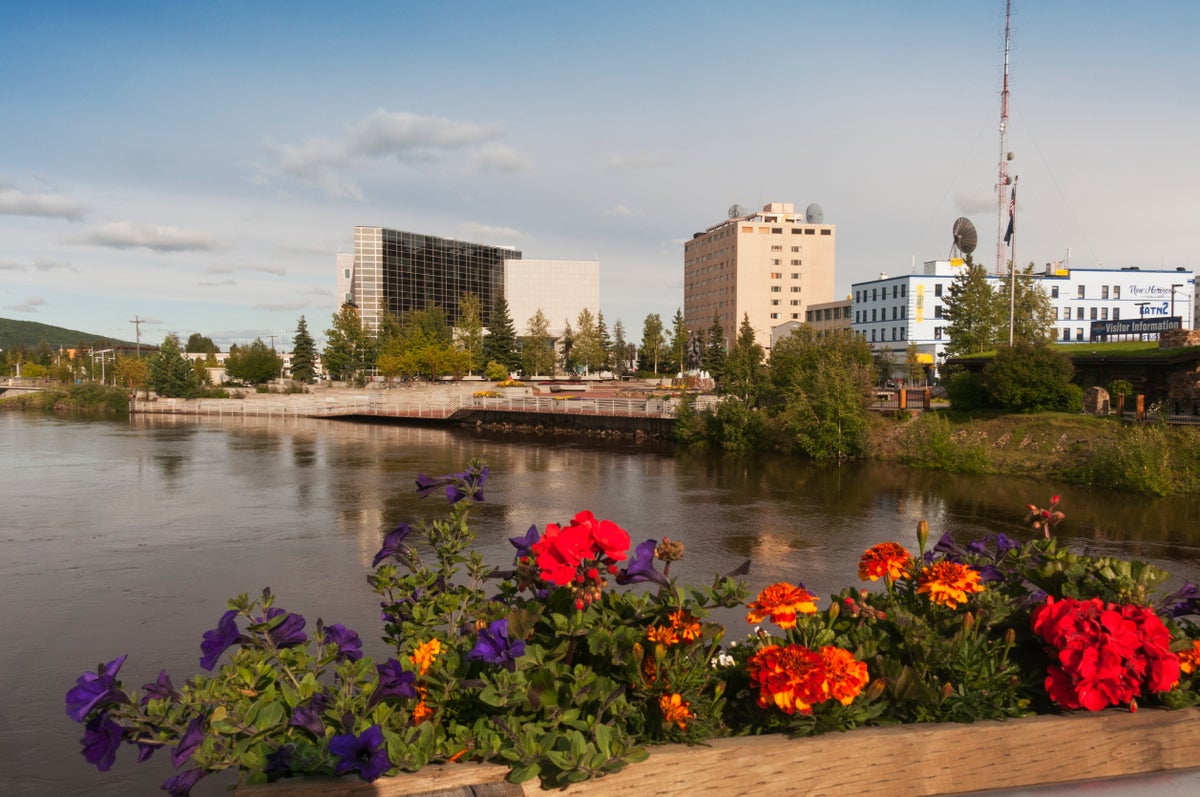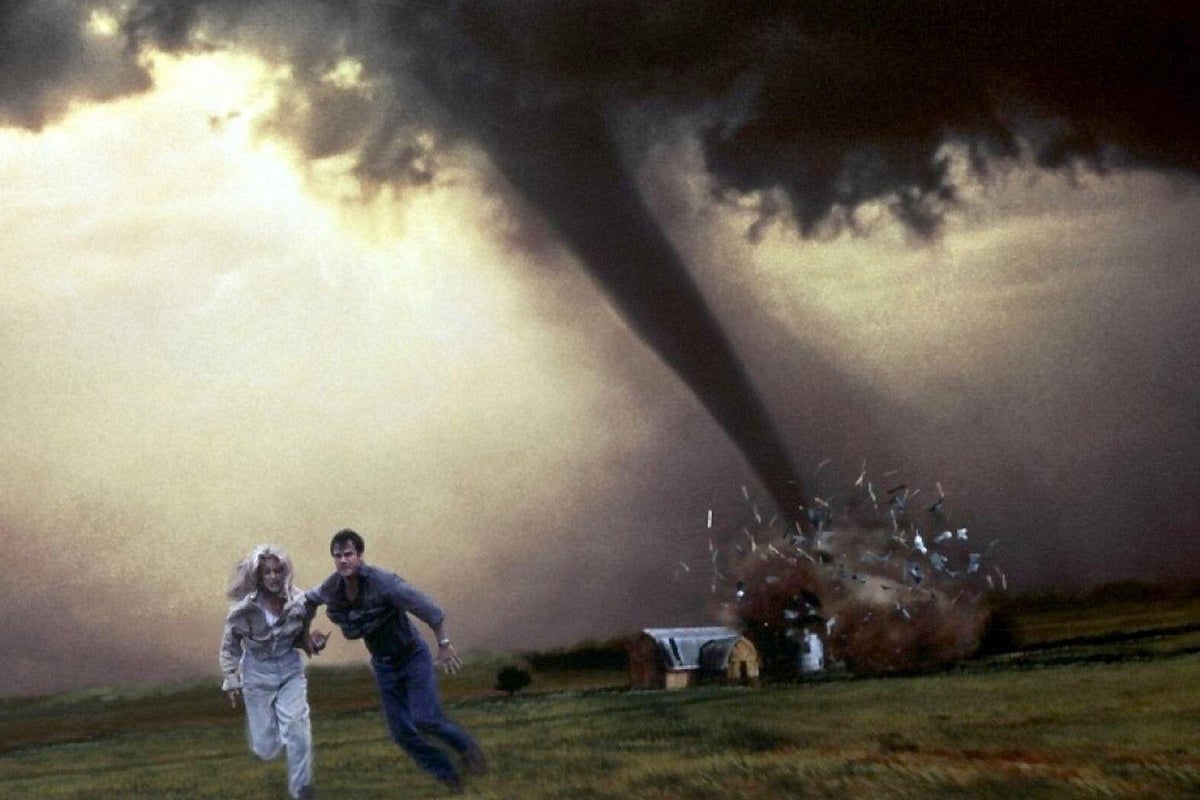Meet the primary US species to develop into extinct from sea-level rise
A tall cactus discovered solely in Florida’s Key Largo is the primary species in the USA to develop into extinct as a consequence of sea degree rise.
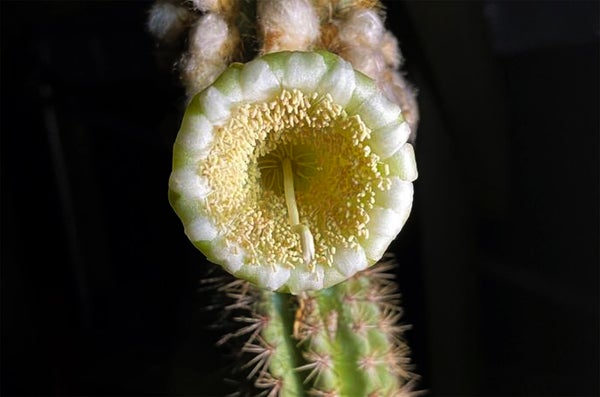
The Key Largo tree cactus was first found rising in a single location in the USA in 1992. That inhabitants has since been misplaced to a mixture of rising sea ranges and more and more intense storms.
Courtesy of Susan Colterman
James Lange remembers the day he and a gaggle of botanists and conservationists gathered at a rock formation surrounded by mangrove thickets in Florida’s Key Largo. They may come to the final wild stand of a uncommon cacti nation to face the inevitable. As sea degree rise introduced the Atlantic Ocean nearer to the desiccated vegetation, the group made the tough resolution to take away the cacti’s remaining inexperienced materials, retailer it in nurseries, and hope it will someday be reintroduced into the wild.
After three years, analysis Revealed final week Lange and others reveal what they’ve lengthy suspected: The demise of the Key Largo tree cactus is the primary documented occasion of sea degree rise driving a local species to extinction in the USA. Its decline was a shock to Lange, a analysis botanist on the Fairchild Tropical Botanic Backyard in Coral Gables, who co-authored the research. “That is one of many issues that made the Keys so particular,” he stated. “Only a large, daring, stunning plant.”
Tree cactus is the correct title for Pilosocereus millspaughii, Recognized to succeed in nice heights, it produces white flowers that entice nectar-hungry bats and reddish-purple fruits for birds and mammals. Though the cactus nonetheless grows on just a few scattered islands within the Caribbean, it has been restricted to a inhabitants in North America, with a thriving stand of 150 crops found within the Florida Keys in 1992. By 2021, solely six diseased stems remained.
About supporting science journalism
In the event you loved this text, please take into account supporting our award-winning journalism Membership By buying a subscription you’re serving to to make sure the way forward for influential tales in regards to the discoveries and concepts that form our world at present.
That is an enormous loss, scientists say, in no small measure due to what it implies. Anthropogenic planetary warming not solely threatens the human group. It’s wiping out the species that make up the material of our pure world.
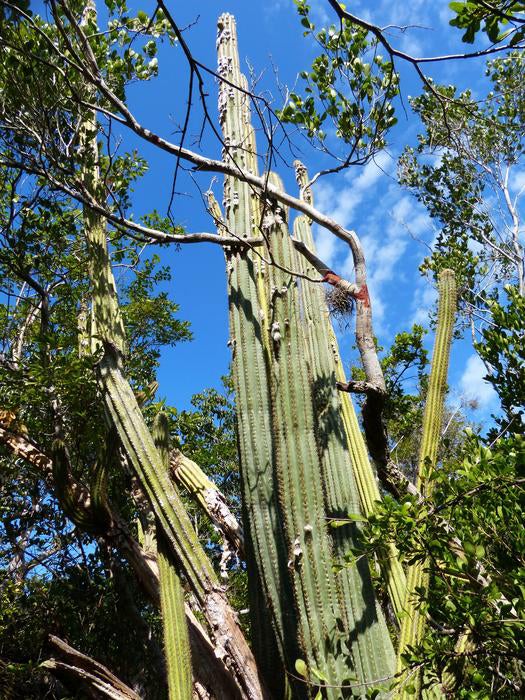
Key largo tree cactus.
Courtesy of Susan Colterman
“This existential menace that everybody is conscious of, seeing precise proof that it is taking place, is necessary to offer an expectation of what we will anticipate shifting ahead,” Lange stated. He remembers how “every part regarded horrible,” as the ocean rushed over the clump of timber. “We simply knew there was no long-term hope for this inhabitants on this space,” he stated. “There isn’t a scarcity of crops within the Keys which are threatened with this similar destiny.”
from being critically obstructed Massive pine pheasant peas from Leaping prickly appleAny variety of coastal species within the Florida Keys may later develop into extinct One of the vital weak locations to sea degree rise. And in contrast to the Key Largo cacti, which solely survive elsewhere, a number of of them are the final of their type.
“It’s extremely alarming,” stated Marcelo Ardon, who research coastal ecology at North Carolina State College. “Local weather change is compounding all these completely different drivers that make these populations much more weak.”
a fundamental Herbivory phenomenonThe place giant quantities of crops had been eaten by animals, Key Largo emphasised cactus species in 2015. (Researchers suspect that that is attributable to a scarcity of recent water from tidal flooding, munching by thirsty raccoons or different wildlife that nibbles the stems. king tideAlong with storm surge and harm Hurricane Irma. Jennifer Posley, lead writer of the brand new research, referred to as it “a possible bellwether for the way different low-lying species will reply to local weather change.”
However on a planet Reshaping by warming, crops should not the one populations threatened with extinction. A decade in the past the Middle for Organic Range recognized 233 federally-protected species in 23 coastal states Most weak as a consequence of sea degree rise. Key deer, loggerhead sea turtles, Delmarva Peninsula fox squirrels, western snowy plovers and Hawaiian monk seals high that listing. at present, Restoration efforts These 5 are endangered species From being snuffed outHowever their future more and more questionableAs every stays menace by residence ceding to rising seas.
Globally, local weather change has already taken the lead Extinction of crops and animals Beginning with Bramble Cay melomys, an Australian rodent that was First confirmed mammal pushed to extinction by world warmingfrom “Efficient Extinction” of Elkhorn Corals within the Keys And A number of bathroom species in Germany. Some estimates recommend that, if emissions proceed on their present trajectory, roughly 1 in 3 species Animals and crops might develop into extinct by 2070.
The lack of any species to local weather change is one thing that plant physiologist Louise Ziska feels keenly. Saying goodbye to the Key Largo tree cactus, particularly, is much more significant to the scientist, who vividly remembers admiring the prickly cactus whereas visiting the Florida island chain. “It is a fantastic plant, it is very inspiring,” Ziska stated. “So while you see it is gone, there is a sense of loss, virtually a bereavement.”
This story was initially printed by gristA non-profit media group overlaying local weather, justice and options.
#species #disappear #rising #seas #unique #big #tree #cactus
